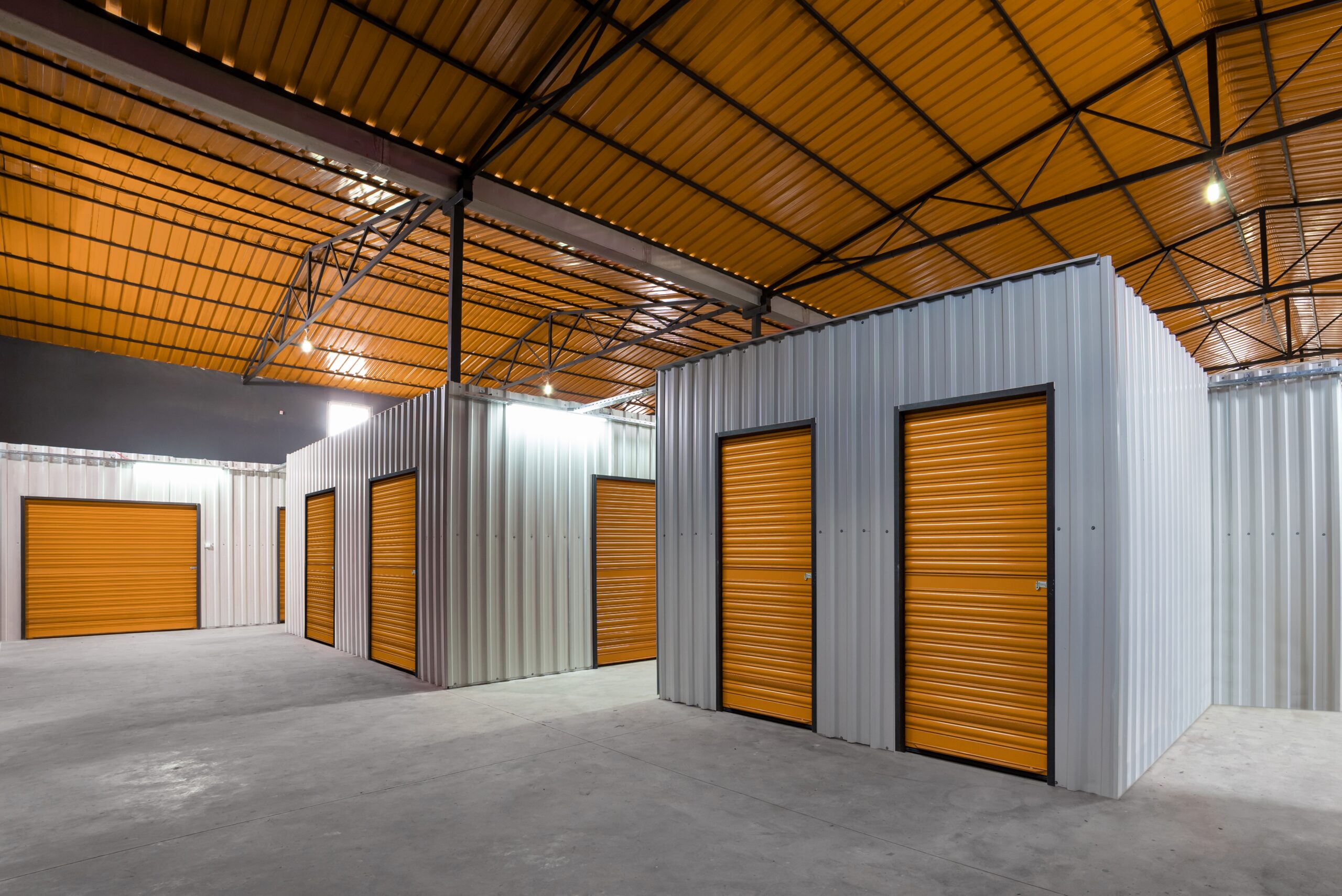Living in an urban area often means you don’t need a car to get around. However, if you’ve opted for a bicycle instead of a car to carry you across your home city, you may have limited options for storing it. Your apartment may have limited space, and outdoor bike rack storage isn’t the safest.
Thankfully, there are plenty of downtown storage facilities available in large cities that will keep your bike safe and secure. In this article, we’ll go over some of the benefits of downtown bike storage and why it’s one of the best ways to keep your bicycle from being stolen or damaged.
The Growing Problem of Bicycle Theft
Before diving into storage solutions, it’s important to understand the scope of bicycle theft in urban areas. Recent research reveals that approximately 2.4 million bicycles are stolen annually in the United States, with a total value exceeding $1.4 billion. This makes bicycles 2.5 times more likely to be stolen than motor vehicles.
Urban cyclists face particularly high risks. Around 60% of bicycle thefts occur in public places such as sidewalks, parks, and parking lots, while 40% happen in private spaces like yards and garages. Major cities, including New York, San Francisco, and Chicago, experience especially high theft rates due to their population density and active cycling communities.
Perhaps most concerning is that less than 2% of stolen bikes are recovered by police, and only a fraction are returned to their owners. Even when bikes are locked, 59% of stolen bicycles were secured with some type of lock at the time of theft, highlighting that outdoor storage—even with quality locks—carries significant risk.
Why Should I Consider Downtown Bicycle Storage?
Locking your bike up to an outdoor bicycle rack is tempting (and free!), but keeping it outdoors exposes it to extreme temperatures and potential theft. Even the most secure bike locks can be sawed through if a thief has enough time on their hands. Storing your bike inside your apartment will be more secure, but will take up a significant amount of space.
Here are a few reasons why a downtown bicycle storage facility is one of the best options available:
- It saves space in your apartment or living space. Bicycle storage gives you a dedicated space to put your bicycle and frees up whatever space it would have taken up at home.
- It’s safer than storing your bike outside. Storage facilities give you extra layers of security to prevent thieves from accessing your bike. Most facilities feature on-site security staff, networked security cameras and alarms, and robust locking systems.
- It’s weather-resistant. Many bike storage facilities offer climate control to keep the storage space at a predictable range of temperature and humidity, preventing rust and warping.
- It’s convenient. Storing your bike in your apartment often means you’ll have to carry it up and down flights of stairs, and storing it outdoors means you have to find limited free space on a public rack. Storage facilities make it easy to take your bike out for a spin and return it with plenty of space.
- It gives you extra storage space. If you’re renting a small unit to store your bike, you may want to use the extra space to store bicycle accessories or other possessions to help free up some space at home.
- It can help build community. If you’re looking for other cyclists in your area, a bicycle storage facility is a great place to meet them.
Understanding Climate-Controlled Storage for Bicycles
One of the most valuable features of professional bike storage is climate control. Climate-controlled units maintain stable temperature ranges and keep humidity levels below 60% relative humidity, which is critical for preventing several common problems.
Temperature fluctuations can cause materials to expand and contract, leading to warping of components, cracking of frames, and degradation of rubber parts like tires and grips. In extreme cases, freezing and thawing cycles can compromise the structural integrity of your bicycle.
Humidity control is particularly crucial for preventing rust and corrosion. Metal components like chains, gears, brake rotors, and bolts are especially vulnerable to moisture damage. High humidity can also lead to mold growth on fabric components like saddles and handlebar tape. By maintaining optimal humidity levels, climate-controlled storage ensures your bike remains in excellent condition even during extended storage periods.
For cyclists in humid coastal areas or regions with harsh winters, climate-controlled storage can significantly extend the lifespan of bicycle components and reduce long-term maintenance costs.
How Do I Prepare My Bike for Long-Term Storage?
Even though a storage unit offers plenty of protection, you’ll want to take the following steps to make sure your bicycle comes out of storage in good shape:
- Wash and dry your bike. Any dirt, dust, or stains left on your bike when you store it can attract pests and lead to rust or corrosion. Make sure it’s clean before it goes into storage.
- Lubricate the chain and refill the tires. Maintaining the individual parts of your bike will go a long way towards extending its life. A lubricated chain is much more resistant to rust, and full tires will maintain their proper shape.
- Cover your bike in storage. Climate control will protect your bike from most moisture and dust, but putting a snug-fitting cover over it will further protect it from environmental damage.
What Should I Look for When Comparing Storage Facilities for My Bike?
If you’ve decided to rent a storage unit for your bike, you’ll want to look for a few important features. First of all, choose a facility that’s convenient to your apartment or other living space, and find one with 24/7 access so you can get into your unit and access your bike on whatever schedule you may need.
To prevent bike theft, choose a facility with robust security. The most secure storage facilities have on-site security and maintenance staff, networked security cameras and alarms, and locks that aren’t easily broken. More advanced facilities can have everything from digital PIN-coded locks to fingerprint identification systems.
- Unit size is critical for bicycle storage. Most bikes are longer than five feet, so they won’t fit into a 5′ x 5′ mini storage unit. A 5′ x 10′ unit is typically the best option for these needs, and it’ll give you plenty of extra space if you need to store other items alongside your bike.
- Climate control availability should be a priority if you live in an area with extreme temperatures or high humidity. While it may cost slightly more than standard storage, the protection it provides can save you significant repair and replacement costs down the road.
- Facility location and hours matter for frequent riders. If you use your bike for commuting or regular recreation, choose a facility with extended or 24/7 access hours. Some urban facilities are specifically designed for cyclists and offer amenities like bike maintenance stations and wash areas.
The Cost of Bike Storage vs. The Cost of Theft
While storage may seem like an added expense, it’s worth comparing the costs. The median value of a stolen bicycle is $374, while the average value is $605. For e-bikes and high-end road bikes, these numbers can be much higher. When you factor in the emotional cost of losing a beloved bike and the disruption to your transportation routine, storage becomes a worthwhile investment.
Research shows that 47% of bike theft victims say the theft affected their ability to get to and from work, 49% say it would take longer than a month to replace their stolen bike, and 11% say they would not buy a replacement at all. For many urban cyclists, their bicycle is essential transportation, not just recreation.
How to Choose the Right Storage Solution
By now, you should understand why a downtown storage facility is one of the safest and most convenient options for storing a bicycle. As long as you wash and prepare your bike for storage, choose a convenient and secure facility, and check in regularly to make sure your bike hasn’t sustained any environmental damage, you’ll be good to go when the weather warms up and you’re ready to ride again.
Consider your specific needs:
- Daily commuters may want a facility close to home with 24/7 access
- Seasonal riders should prioritize climate control to protect their bikes during months of storage
- Multiple bike owners might need larger units (10′ x 10′ or larger) to accommodate their collection
- E-bike owners should ensure the facility has electrical outlets for battery maintenance and charging capabilities
Need to compare prices and features at a glance? You’re in the right place! Storage.com’s built-in search tool will help you filter nearby units by the features you need and let you compare monthly costs in the same window.






